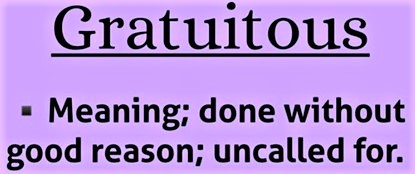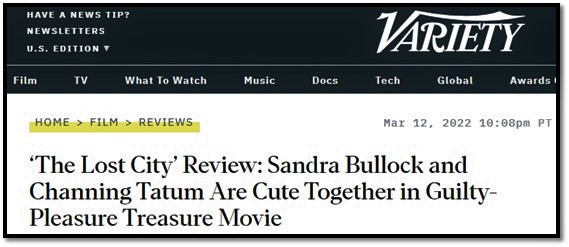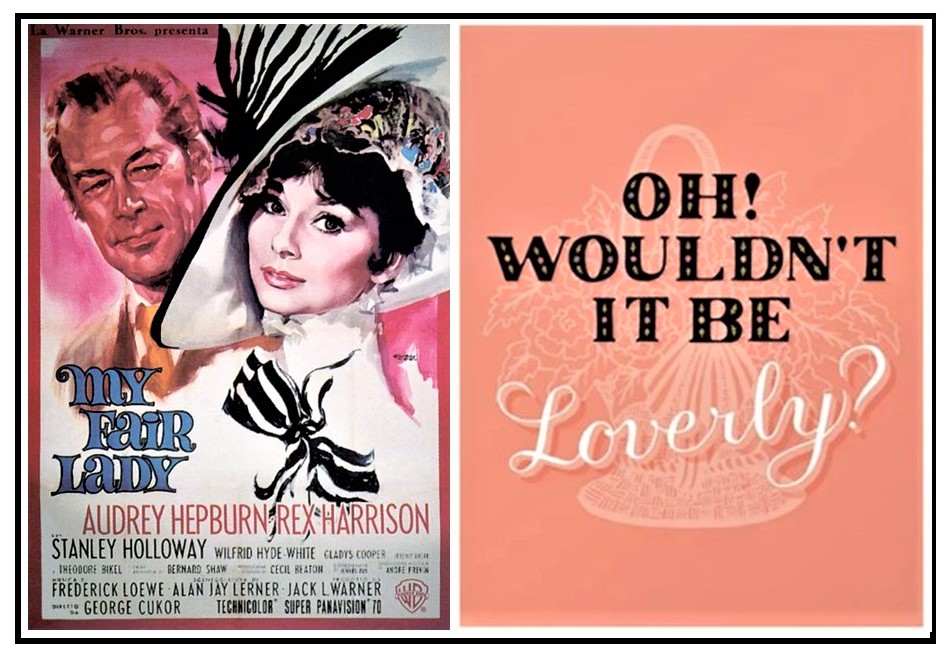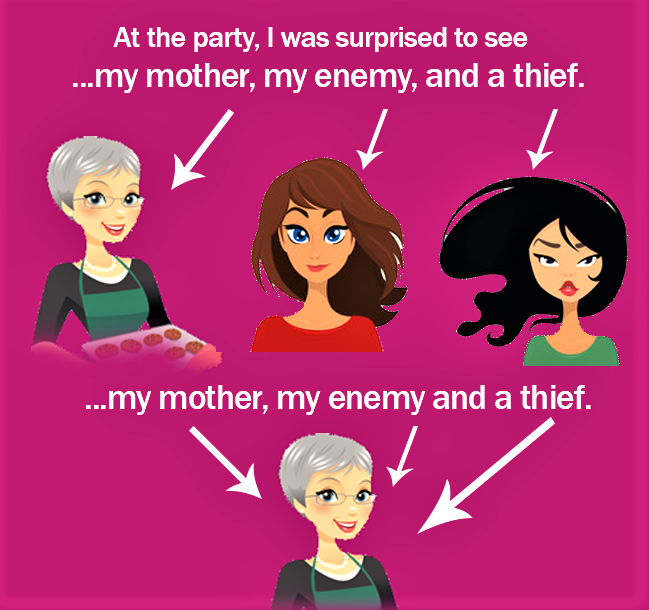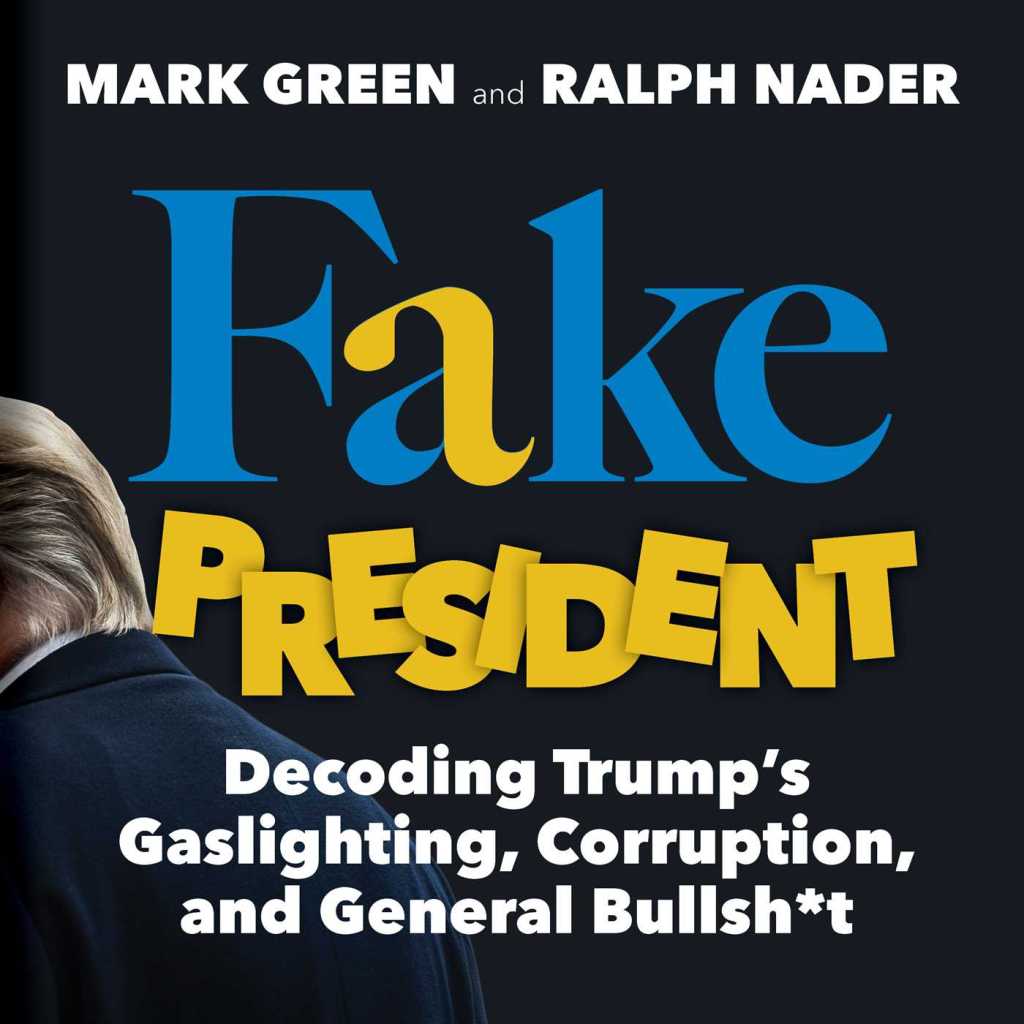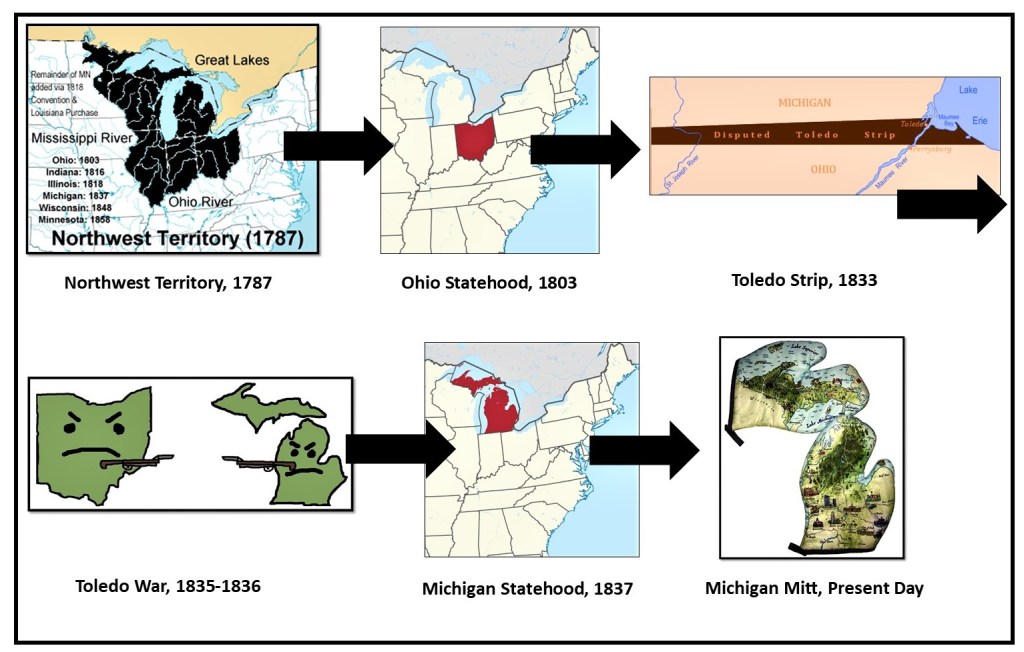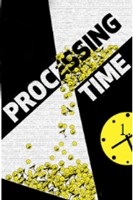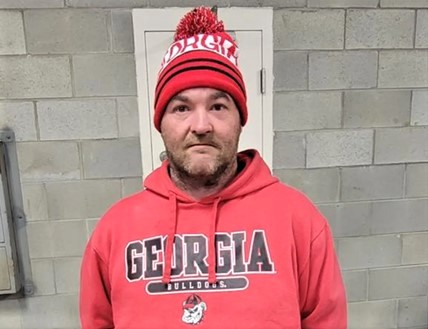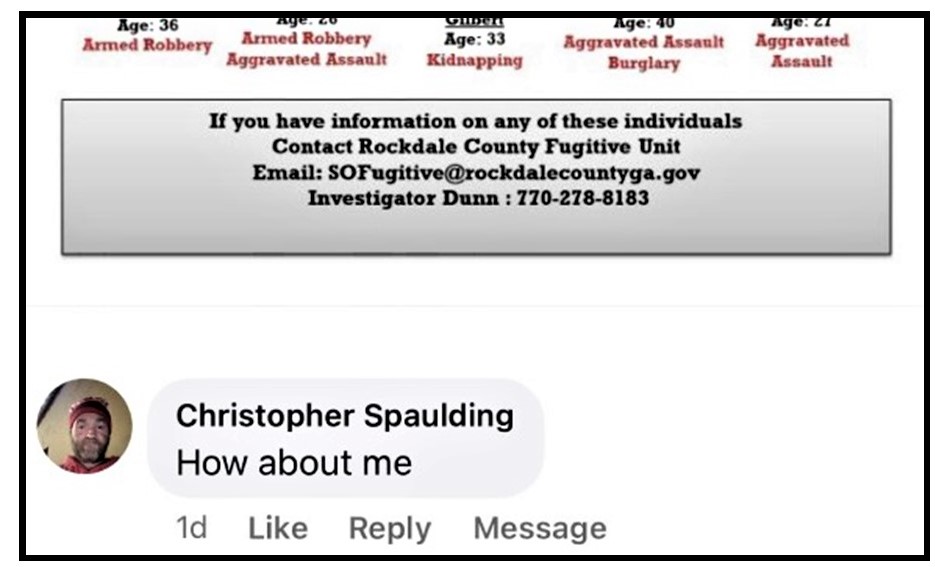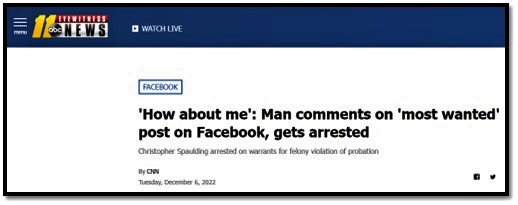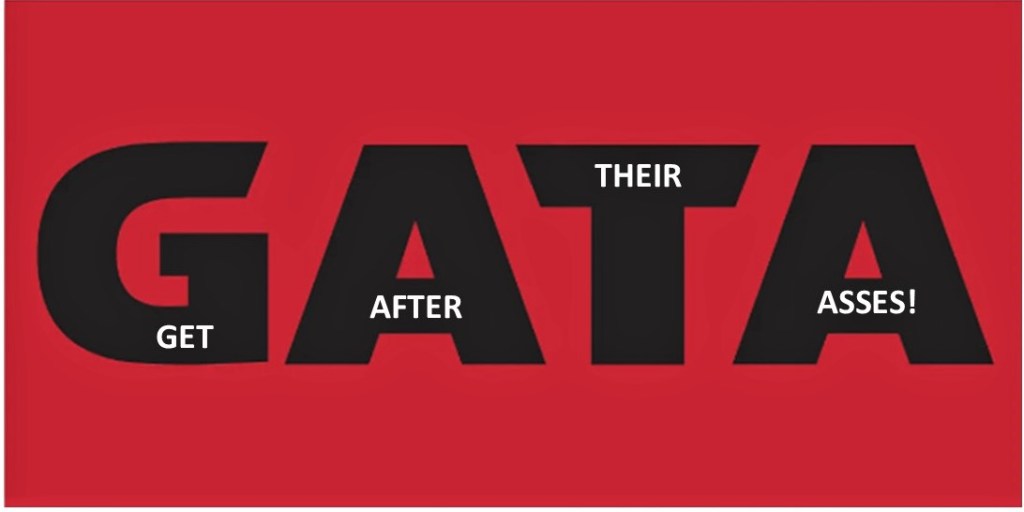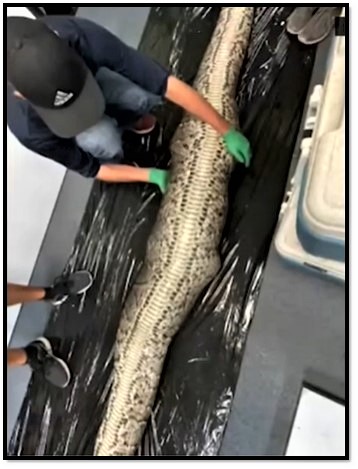This past Friday’s blog post recounted the story of a 500,000-gallon raw sewage spill in San Diego (where I live), transforming “America’s Finest City” into “America’s Foulest City.”
The raw sewage spill happened on January 16. It geyesered up out of manholes, fouling streets and homes and businesses and San Diego Bay with…

Raw sewage.
According to the local news stories…
“…a sensor malfunction…caused the wastewater pumps to shut down.”
The wastewater pumps were the machines at a pump station (in this case, a facility called “Pump Station 2”) which sends raw sewage to a wastewater treatment plant.
Neither the San Diego County Department of Environmental Health and Quality (DEHQ) nor any other acronymed entity has been able to determine the cause of the “sensor malfunction.”
Regarding that 500,000-gallon spill, according to this article:

“On January 18 city spokesperson Arian Collins said that number could increase as they investigate further. ‘By the end of the week, City crews will have a final estimate of the number of gallons spilled.’”
I kept checking online, and finally – on January 23 – came this story:

That estimate of 500,000 gallons of raw sewage had grown to 11.2 million gallons.
That’s 22+ times higher
than the City’s original estimate.
The NBC 7 article reiterated:
“County officials originally said last week’s sewage spill, which impacted at least 18 sites around the city of San Diego, involved a staggering 500,000 gallons of effluent.”
If 500,000 gallons were considered “staggering,” I wonder how they’d describe 11.2 million gallons?
This City of San Diego spokesperson wasn’t saying:
“On January 23, though, Tom Rosales, an assistant director with the water recovery branch of the city’s public utilities department, said the spill was, in fact, estimated to be in the neighborhood of 11.2 million gallons of sewage.”
Rosales didn’t describe 11.2 million gallons “staggering.”
He didn’t describe it as any of these, either:

*Though I daresay 11.2 million gallons of raw sewage flowing through the streets would have been – at the very least – “breathtaking.”
So perhaps Rosales isn’t big on adjectives.
But he is a master at using many words…
To say nothing.
For instance, regarding the cause of the Pump Station 2 “sensor malfunction”:

“‘…it’s a combination of just an off-chance failure with the sensor and the logic of the program, logic that operates the pumping system,’ Rosales said, adding, ‘we haven’t completed our forensics evaluation yet. That’s still being done and expect at some point to get an actual report from our staff to explain in more detail exactly why it failed.”
What our pal Rosales meant is:
“By the time we figure this out, we’re hoping everyone’s forgotten about our screw-up.”
Apparently the article’s author – or someone – asked Rosales what this mess was going to cost San Diego taxpayers. He said:

“‘They have a kind of a starting point, if you will, but then they have mitigating factors along the way where they consider your record and your response and so forth, and, ultimately, it is a negotiated process that will bring it down to, I’d say, kind of very high level to something more manageable,’ Rosales said, regarding penalties from the state, adding ‘again, that’s a long process. So I don’t want to guess what that might be, but we’ve been through it a couple of times, and we’ll go through it again with them.’”
What our pal Rosales meant is:
“The taxpayers are screwed.”
And as for Rosales’ “we’ve been through it a couple of times,” yes – San Diego has.
Including this sewage spill in 2016, a cost to taxpayers of $2.5 million:

San Diego taxpayers didn’t cause the sensors to fail.
But they’re on the hook for the fine.
Correction: Fines, plural.
And how about cleaning up the mess in raw sewage recipients’ homes and businesses?
“As far as cleanup costs go, Rosales said that homeowners and businesses have the option, if they are insured, to take care of the cleanup that way, or the city will provide cleanup via a firm it works with for mitigation. Until claims are made, a cost estimate for clean-up can’t yet be provided.”
No “cost estimate for clean-up” as yet, but some of that, too, will be paid for with San Diego residents’…

So, let’s say I submit a claim to my homeowner’s insurance, as Rosales suggested. But if the city doesn’t settle up with my insurance company, then my rates will probably go up.
Or, perhaps the insurance companies will simply advise as follows:
“The raw sewage flooded the streets, therefore it was a flood. Your policy does not include flood insurance, therefore the damages to your home/business are not covered in this event.”
Rosales also referenced “the city” providing cleanup “via a firm it works with for mitigation,” but offered no contact information for residents or business owners to contact.
It took me a dozen phone calls to track down a San Diego city employee with answers, and lucky me – I wasn’t a panicked homeowner standing on a floor that had been bathed in raw sewage.

Here’s the consoling thought in this whole smelly, filthy, completely-avoidable-11.5-million-gallon-raw-sewage-mess:
“Rosales does not expect a repeat of the massive spill anytime soon.”
Gosh, I feel so much better because Rosales “does not expect” another massive raw sewage spill “anytime soon”!
But then…he didn’t “expect” the January 16 spill either, did he?
Here’s Rosales’ final comment:
“‘We don’t ever want to spill,’ Rosales said. ‘It happened because of some equipment failure, and we don’t expect it will happen again.’”
Wow!
Rosales doesn’t “expect” another equipment failure because…?
Because it happened on January 16 and therefore can never, ever, ever happen again?
But – how about that 2016 example I cited above, with the $2.5 million fine?
How about this example, from 2011:

And this $680,278 fine, for a 2007 raw sewage spill:

San Diego taxpayers, here’s that consoling thought:
Tom Rosales, assistant director with the water recovery branch of the city’s public utilities department…
Has a crystal ball and can predict the future!


























































